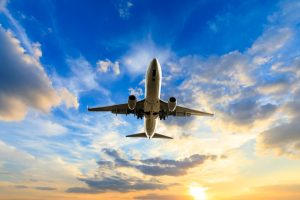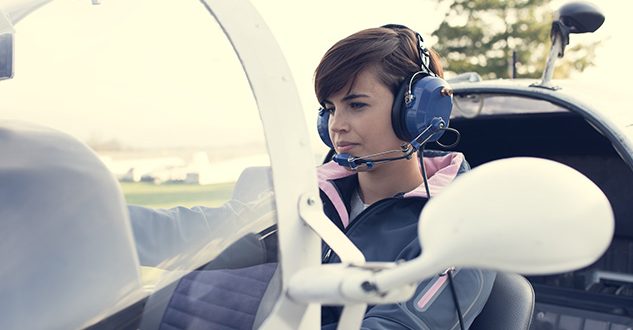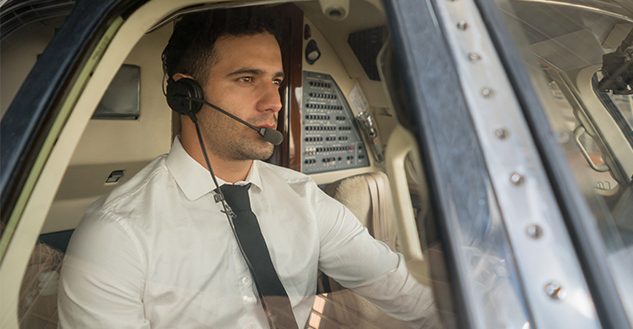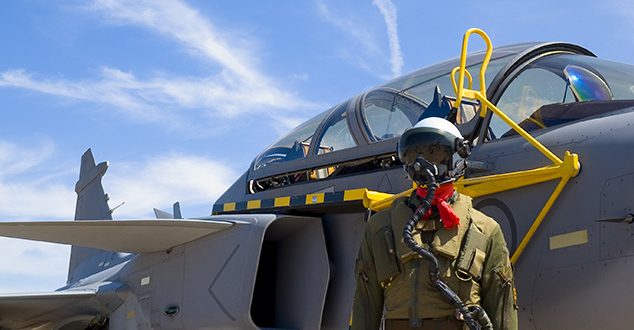Commercial Airline Pilot Training Requirements
Meeting the requirements to be a commercial airline pilot requires training, and Paragon Flight offers an accelerated program to help you achieve this goal faster and more cost-effectively. The Professional Pilot Program, also known simply as P3, conveys pilots from zero experience to licensed commercial pilots with flight training credentials in fewer than ten months!
The Right Flight School
 Consider all available flight schools as you prepare for your flight education. The ultimate choice should offer everything required, and they should excel in these offerings. Paragon Flight operates under basic fundamental values that lead us to perform well for every student.
Consider all available flight schools as you prepare for your flight education. The ultimate choice should offer everything required, and they should excel in these offerings. Paragon Flight operates under basic fundamental values that lead us to perform well for every student.
The Bottom Line
Following your dreams shouldn’t be stopped by financial concerns. However, flight training can be expensive. Paragon Flight addresses these concerns by providing a range of training courses, including custom ones designed around your budgetary needs, and the P3 Program compressed to save students time and money.
Further, we have contacts and experience helping student pilots facilitate financing. Not only do we understand the various resources available, but we also can help you as you navigate the application processes. Whether you qualify for GI benefits, aviation scholarships, government-backed student loans and grants, or personal loans, a knowledgeable guide can be the difference maker.
The Where Matters
The location of flight training is critical to success. Consider the different experiences that student pilots will have in places where rains are frequent versus areas with clear skies nearly every day. The choice should be clear.
Other key factors regarding flight school location include available accommodations, runway and facility status, airfield condition, and travel required. Paragon Flight has three locations, all checking every box required for stellar flight training potential.
The Ruling FAA Regulations
Every flight school operates under guidelines and authority from the FAA. Most flight schools operate under Federal Aviation Regulations Part 61 or Part 141. Paragon Flight is fortunate to operate with both authorizations. This dual authorization lets us meet the needs of all student pilots, including those with part-time and full-time availability.
The Aircraft for Training
A flight school’s fleet reflects the institution’s commitment, diligence, and capacity. When a fleet lacks critical equipment, appropriate maintenance, or modern features, the training will be less than students deserve. Paragon Flight offers a comprehensive fleet for flight training. It includes the Piper PA28 “Pilot” for single-engine flight training, the PA-44 Seminole for multi-engine flight training, the Cirrus SR20 G6 for high-performance endorsements and transition/differences training, and the AL172 Simulator for more affordable practice in a very realistic simulated experience.
Fast-Forward the Effort with the P3 Professional Pilot Program
The P3 Program allows dedicated student pilots to reach their goals on an expedited timeline and streamlined budget. Over four phases, pilots build on their knowledge, skill, and credentials:
- Step One (0-10 weeks) – Private Pilot License (PPL)
- Step Two (11-18 weeks) – Instrument Flight Rating (IFR)
- Step Three (19-30 weeks) – Commercial License, Single Engine and Multi-Engine (CSEL and CMEL)
- Step Four (31-38 weeks) – Certified Flight Instructor (CFI)
Once this training is complete, aspiring airline pilots will need to complete a few more steps before working as an airline pilot:
- Airline Transport Pilot (ATP) training
- ATP written exam
- 1,500 flight hours.
Click here and take the first step toward meeting the commercial airline pilot training requirements with Paragon Flight.




